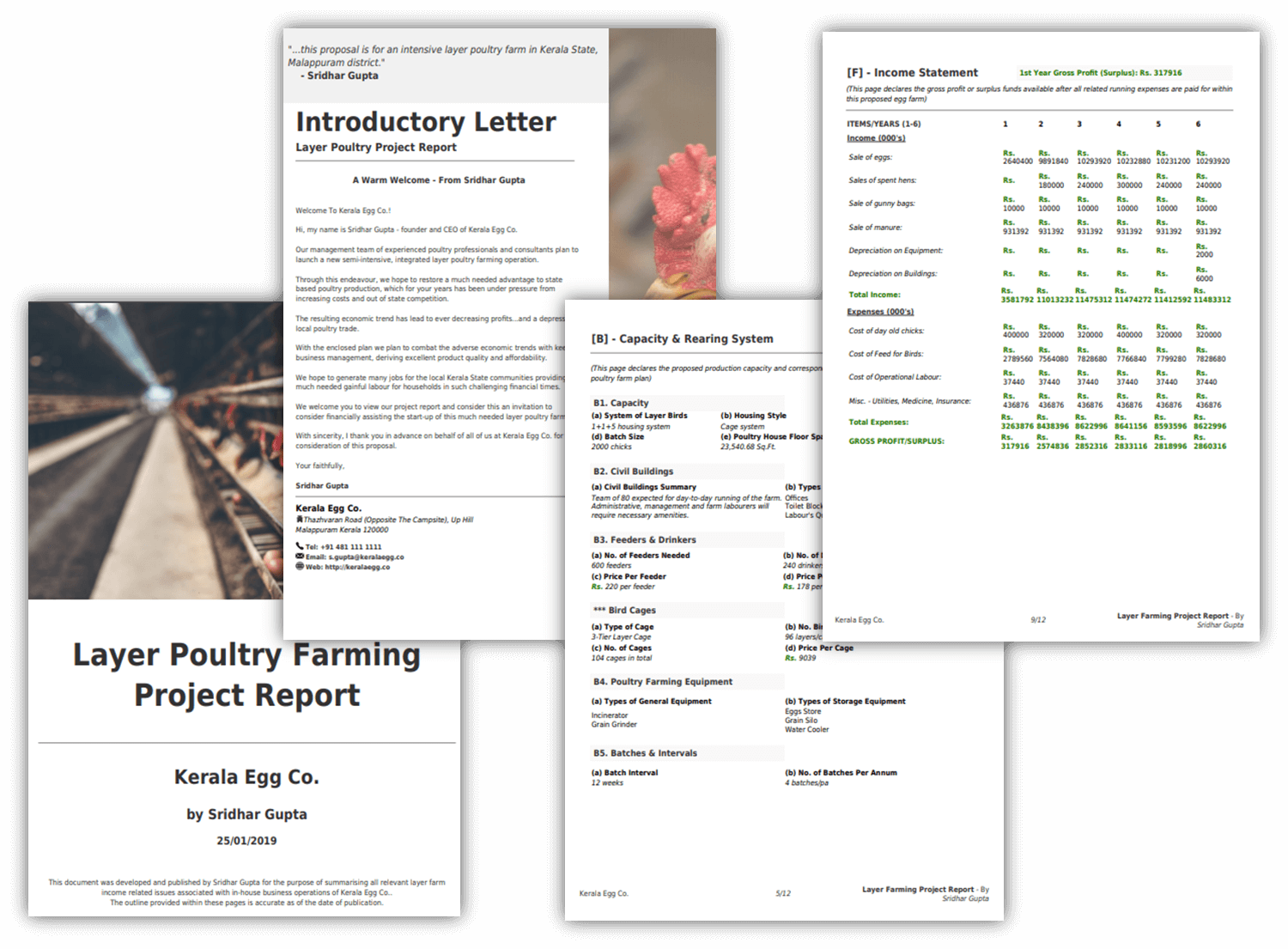
Poultry can be distinguished from "game", defined as wild birds or mammals hunted for food or sport, a word also used to describe the meat of these when eaten. Both words are also used for the flesh of these birds. In colloquial speech, the term "fowl" is often used near-synonymously with "domesticated chicken" ( Gallus gallus), or with "poultry" or even just "bird", and many languages do not distinguish between "poultry" and "fowl". In his 1848 classic book on poultry, Ornamental and Domestic Poultry: Their History, and Management, Edmund Dixon included chapters on the peafowl, guinea fowl, mute swan, turkey, various types of geese, the muscovy duck, other ducks and all types of chickens including bantams. Crawford's Poultry breeding and genetics, squabs are omitted but Japanese quail and common pheasant are added to the list, the latter frequently being bred in captivity and released into the wild. The Encyclopaedia Britannica lists the same bird groups but also includes guinea fowl and squabs (young pigeons). "Poultry" can be defined as domestic fowls, including chickens, turkeys, geese and ducks, raised for the production of meat or eggs and the word is also used for the flesh of these birds used as food. "Poultry" is a term used for any kind of domesticated bird, captive-raised for its utility, and traditionally the word has been used to refer to wildfowl ( Galliformes) and waterfowl ( Anseriformes) but not to cagebirds such as songbirds and parrots.

Old English Fugol, German Vogel, Danish Fugl). The word "fowl" is of Germanic origin (cf.

The word "pullet" itself comes from Middle English pulet, from Old French polet, both from Latin pullus, a young fowl, young animal or chicken. The word "poultry" comes from the West & English "pultrie", from Old French pouletrie, from pouletier, poultry dealer, from poulet, pullet. Semi-vegetarians who consume poultry as the only source of meat are said to adhere to pollotarianism. All poultry meat should be properly handled and sufficiently cooked in order to reduce the risk of food poisoning. Together with pig meat, poultry is one of the two most widely eaten types of meat globally, with over 70% of the meat supply in 2012 between them poultry provides nutritionally beneficial food containing high-quality protein accompanied by a low proportion of fat. Although some birds are still kept in small flocks in extensive systems, most birds available in the market today are reared in intensive commercial enterprises. Selective breeding for fast growth, egg-laying ability, conformation, plumage and docility took place over the centuries, and modern breeds often look very different from their wild ancestors. Domesticated chickens may have been used for cockfighting at first and quail kept for their songs, but soon it was realised how useful it was having a captive-bred source of food. This may have originally been as a result of people hatching and rearing young birds from eggs collected from the wild, but later involved keeping the birds permanently in captivity. The domestication of poultry took place around 5,400 years ago in Southeast Asia. The word "poultry" comes from the French/Norman word poule, itself derived from the Latin word pullus, which means small animal. The term also includes birds that are killed for their meat, such as the young of pigeons (known as squabs) but does not include similar wild birds hunted for sport or food and known as game. These birds are most typically members of the superorder Galloanserae (fowl), especially the order Galliformes (which includes chickens, quails, and turkeys). When choosing a farm location, consider the transportation system and medical facilities.Poultry ( / ˈ p oʊ l t r i/) are domesticated birds kept by humans for their eggs, their meat or their feathers. And try to avoid farms in residential areas, because poultry farms will create an unpleasant odor, and if you have to make sure, make sure it is small-scale, and take steps to control excessive odors. Because most cities have a large population, and you have to target that market. Set the form of the form It is very important to choose the best form for your business. Set your production goal, select the appropriate breeds of poultry accordingly. The stock of poultry products and breeding breeds can be delivered directly to your local customers. You can also start selling poultry on your poultry farm. Commercially prepare broiler chickens for meat production and egg chickens if you wish. Production Type First determines the production type of your poultry farm.

You can arrange the money yourself or you can take a loan from a friend or add a partner.

Here we are trying to include all the details that you will need Proper investment (capital) is required to invest in poultry farming.


 0 kommentar(er)
0 kommentar(er)
